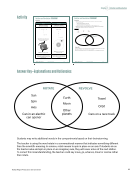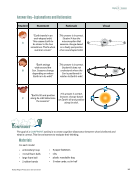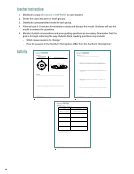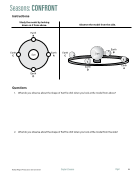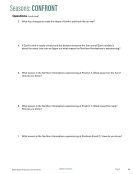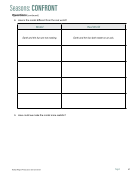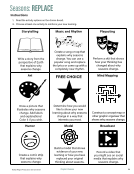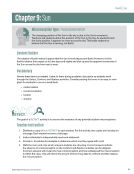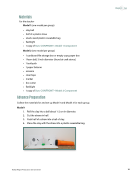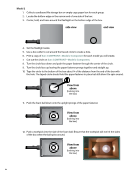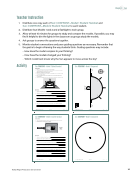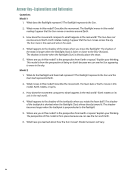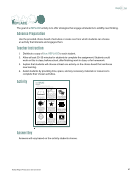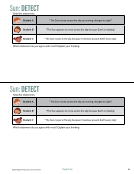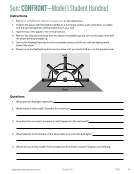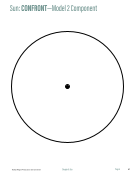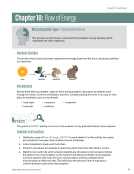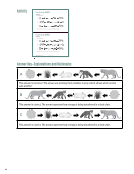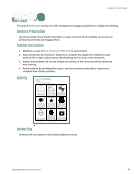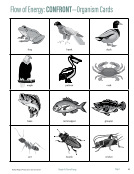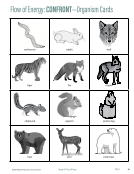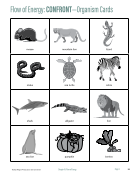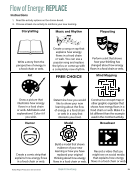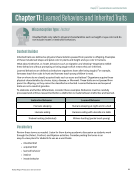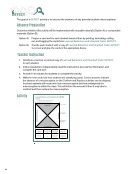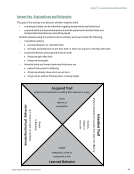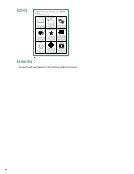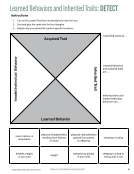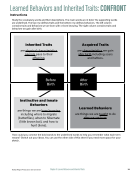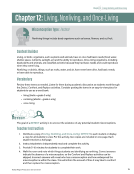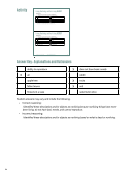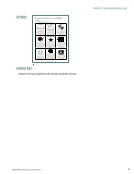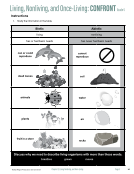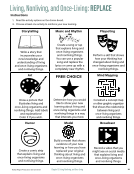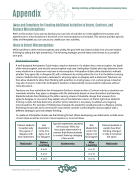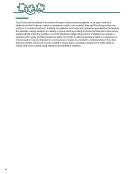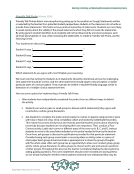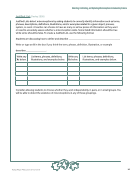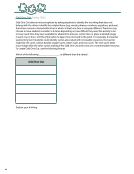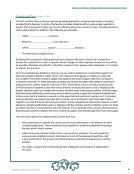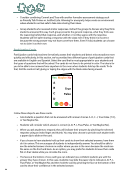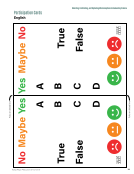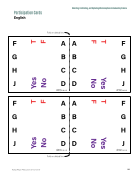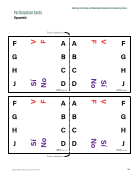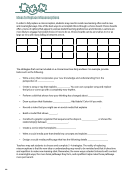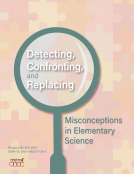5
Refer to the Appendix for ideas on how t
o create choice boards that provide options for
students as they work to replace their misconceptions. You will see examples of how w
e
have incorporated choice boards with the Replace activities throughout the book.
How to Use this Book
Each misconception represented in this book is addressed by a set of three activities: the first
to detect, the second to confront, and the last to replace. We will refer to the three activities that
address a misconception as an activity set.
As we began to think through detecting, confronting, and replacing misconceptions, we found
ourselves pondering how t
hese activities fit with the 5E Instructional Model (Bybee 2015). Here is
our major takeaway: the two processes are similar but separate.
The activities that address a misconception can be built into a 5E lesson. The depth, complexity,
and number of students affected by a misconception may affect pacing. However, anticipating
student misconceptions becomes easier over time which makes pacing easier to gauge.
After much discussion and debate, we chose to write this book as a K–5 strand because knowing
how c
oncepts build and grow fr
om one year to the next is important. Familiarity with vertical
Misconception Activity Sets
Activity Comparison to 5E Phases
Detect
Similar to an Engage part of the 5E Instructional Model, detecting a
misconception involves accessing prior knowledge. Teachers use or
design a formative assessment activity to find out what students know in
order to uncover any potential misconceptions.
Confront
Similar to the Explore and Explain parts of the 5E Instructional Model,
confronting a misconception requires a sense-making experience where
students observe, think, reason, discuss, and question what they know.
In other words, students perform heavy mental lifting here with teachers
acting as facilitators and guides.
Replace
Similar to the Elaborate and Evaluate parts of the 5E Instructional Model,
replacing a misconception requires students to interact with and produce
evidence of their new learning. Students need to build new brain pathways
making as many connections as possible to new, correct information.
Teachers check frequently to reinforce new c
onceptual understanding.
Refer to the Appendix for ideas on how t
o create choice boards that provide options for
students as they work to replace their misconceptions. You will see examples of how w
e
have incorporated choice boards with the Replace activities throughout the book.
How to Use this Book
Each misconception represented in this book is addressed by a set of three activities: the first
to detect, the second to confront, and the last to replace. We will refer to the three activities that
address a misconception as an activity set.
As we began to think through detecting, confronting, and replacing misconceptions, we found
ourselves pondering how t
hese activities fit with the 5E Instructional Model (Bybee 2015). Here is
our major takeaway: the two processes are similar but separate.
The activities that address a misconception can be built into a 5E lesson. The depth, complexity,
and number of students affected by a misconception may affect pacing. However, anticipating
student misconceptions becomes easier over time which makes pacing easier to gauge.
After much discussion and debate, we chose to write this book as a K–5 strand because knowing
how c
oncepts build and grow fr
om one year to the next is important. Familiarity with vertical
Misconception Activity Sets
Activity Comparison to 5E Phases
Detect
Similar to an Engage part of the 5E Instructional Model, detecting a
misconception involves accessing prior knowledge. Teachers use or
design a formative assessment activity to find out what students know in
order to uncover any potential misconceptions.
Confront
Similar to the Explore and Explain parts of the 5E Instructional Model,
confronting a misconception requires a sense-making experience where
students observe, think, reason, discuss, and question what they know.
In other words, students perform heavy mental lifting here with teachers
acting as facilitators and guides.
Replace
Similar to the Elaborate and Evaluate parts of the 5E Instructional Model,
replacing a misconception requires students to interact with and produce
evidence of their new learning. Students need to build new brain pathways
making as many connections as possible to new, correct information.
Teachers check frequently to reinforce new c
onceptual understanding.





































































































